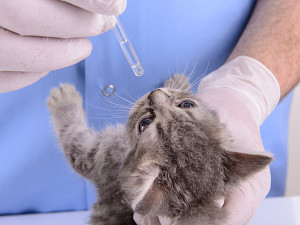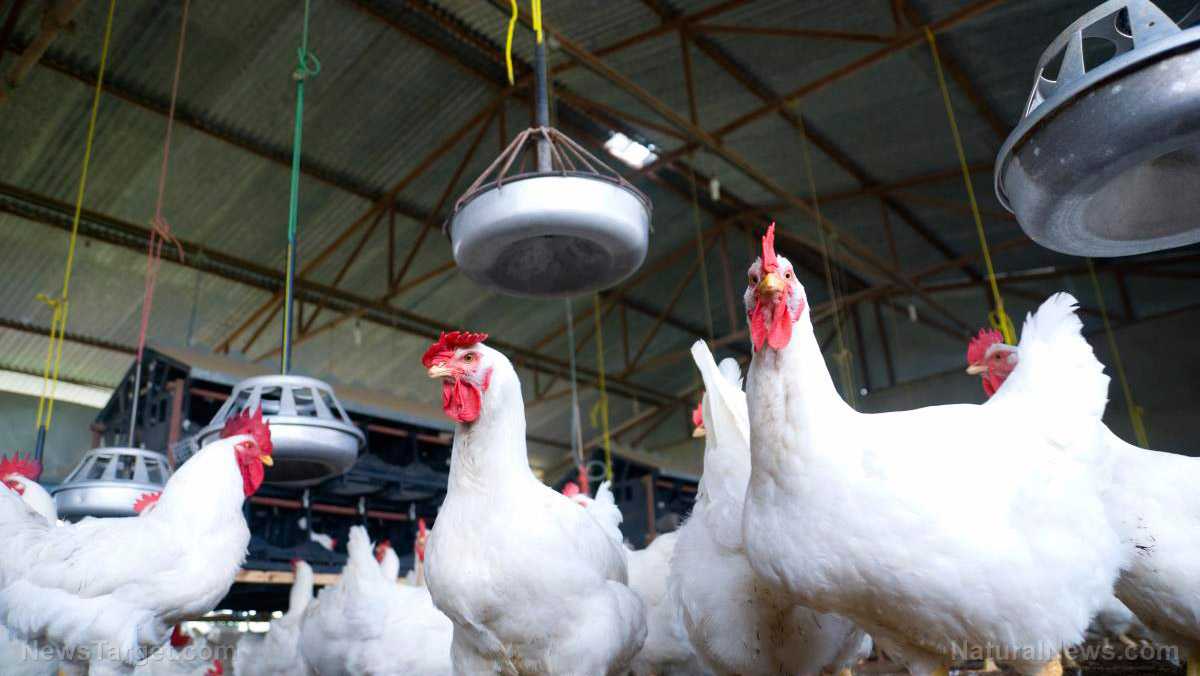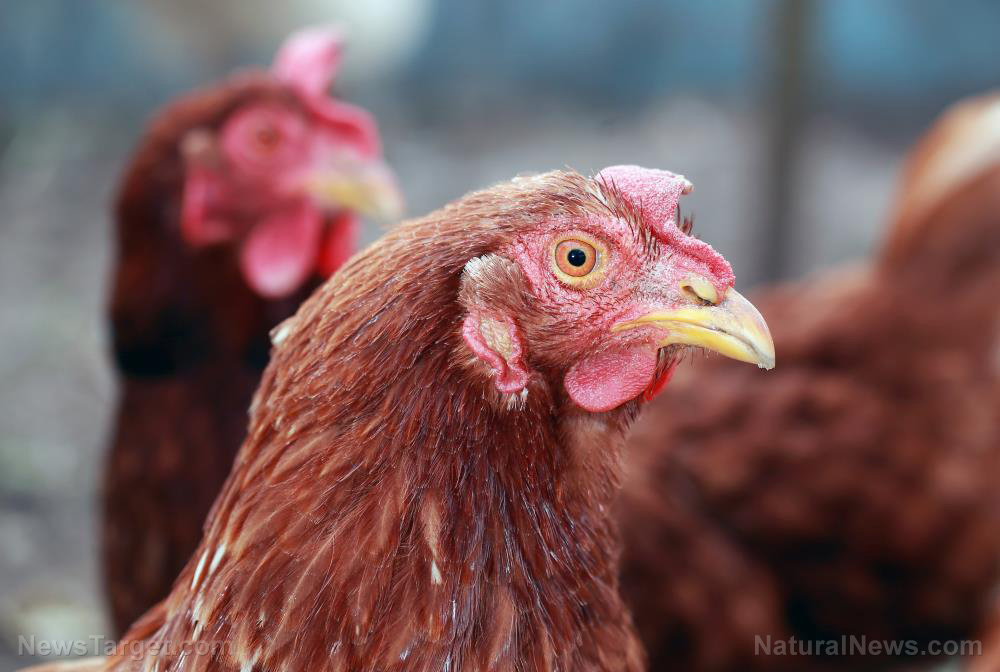
This particular variety of bird flu, H7N2, has never before seen in cats. In fact, researchers had not seen it at all since 2006, when it was last found at live bird markets in New York. Researchers believe it may have persisted in wild bird populations since then.
Because this influenza strain crossed species barriers to be able to infect cats, health officials are monitoring the outbreak closely and are advising cat owners to be cautious. According to Jay Varma, New York City health department deputy commissioner for disease control, prior influenza pandemics probably began with a virus jumping between animal species before crossing to humans.
"Every time a virus adapts in a new animal, like a bird to a cat, we get concerned about the health of the cats and the humans who care for those cats," Varma said.
Source of infection unknown
Scientists are not surprised that so many cats got sick. It's common for respiratory diseases like the flu to spread quickly among animals held in crowded conditions, such as shelters or factory farms.
The mystery is how the flu came to infect cats in the first place, and how it entered the shelter.
Varma says he suspects that the first cat infected was an older cat (12 years old) in poor health that developed a mild illness that later progressed into severe pneumonia. Shelter staff eventually euthanized the animal.
The other 44 animals appear to be suffering only from mild symptoms, including lip smacking, fever, runny nose and persistent cough. Many of them are already recovering.
It remains unknown how that first cat got infected, however. It might have caught the flu from another cat on the street, or it might have eaten an infected pigeon.
Shelter staff and the health department are taking various measures to keep the virus from spreading. Sick and healthy cats have been separated, and the shelter has put up a sign asking people who have cats to wait in the foyer of the building.
Scientists watching closely
Cats have become infected during previous flu pandemics, including the 2003 bird flu outbreak and the 2009 swine flu outbreak.
"[In 2009] there was a cat in Iowa, a cheetah in California, and a few cats in a shelter in Italy, I think," said veterinary medicine professor Bruno Chomel of the University of California-Davis, who studies the transmission of disease from animals to humans (zoonosis).
Those cases involved highly virulent strains of the flu, yet there were no cases where the virus is known to have passed from cats to humans.
"The guess would be if highly virulent avian strains are unlikely to transmit from cat to human, low pathogenic strains [like this] are even less likely to transmit from cat to humans," Chomel said.
No dogs or humans appear to have cause H7N2 so far. Nevertheless, the New York City health department is warning cat owners not to cuddle cats with flu-like symptoms, or let the animals lick their faces. The department warned that the precautions are particularly important for those with compromised immune systems or other chronic health problems, including diabetes, heart disease, or liver or kidney disease.
Bird flu viruses spread particularly quickly, and are considered among the most likely viruses to cause a human pandemic with high mortality. So far, none of the more lethal strains of bird flu, such as H5N1 or H7N9, have evolved the ability to pass from human to human.
But flu viruses are constantly evolving, via both mutation and via random reassortment of their genes.
Sources:
Please contact us for more information.






















